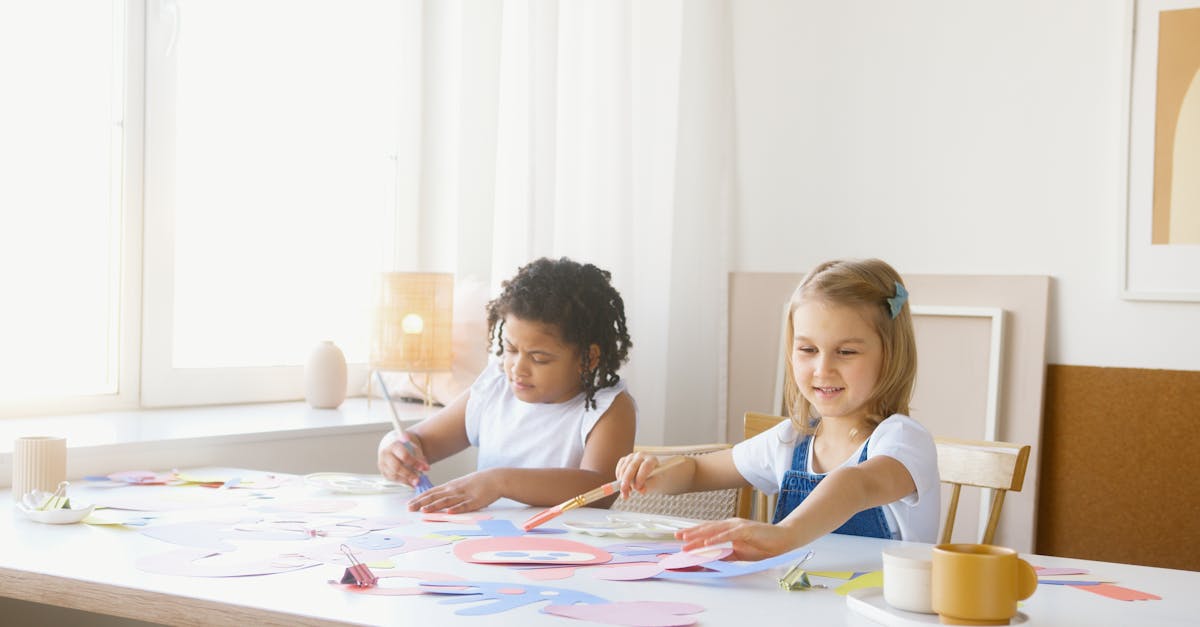Begin with Basics: Sensory Play
Setting up a stimulating environment for your baby doesn’t require a PhD in early childhood education. Start simple with sensory play. Textured toys, squishy balls, and items with bright colors invite touch, sight, and exploration, lighting up those little neurons like a Christmas tree.

Chatty Cathy: The Power of Talk
Ever felt like a radio DJ talking to a crowd that never claps? Welcome to parenthood! Talking to your baby, narrating your day, and repeating words enriches their language oils waiting to be greased for that first word.

Musical Chairs: Tuning into Sounds
Babies don’t need Mozart to be geniuses, but a variety of sounds can tune their auditory skills sharper than a violin. From animal noises to musical toys, each sound introduces a new layer of auditory experience for your baby’s developing brain.

Get Physical: Active Play for Development
Who knew that rolling and crawling could lead to a scholarship? Maybe not directly, but active play strengthens those baby muscles and neural connections. Lay out a safe space for tumbling and watch those little arms and legs go!

Reading Rituals: Beyond Just Bedtime Stories
Reading to your baby is like planting seeds in fertile soil. It doesn’t just build vocabulary; it sows the love for stories, imagination, and a lifelong relationship with books. Make it a ritual, and watch those seeds grow into a magnificent tree of knowledge.

Creative Mess: Art and Exploration
A little mess goes a long way in development. Non-toxic paint, crayons, and safe-to-eat clays invite your baby to create their first masterpiece. It’s not just about art; it’s about motor skills, decision-making, and expressing themselves in colorful smears.

Nature Nurtures: Outdoors as a Classroom
Nothing beats the great outdoors for a baby’s development. The sights, sounds, and textures of nature stimulate all senses and encourage physical activity. It’s the perfect classroom without walls, where every leaf and bug holds a lesson.

